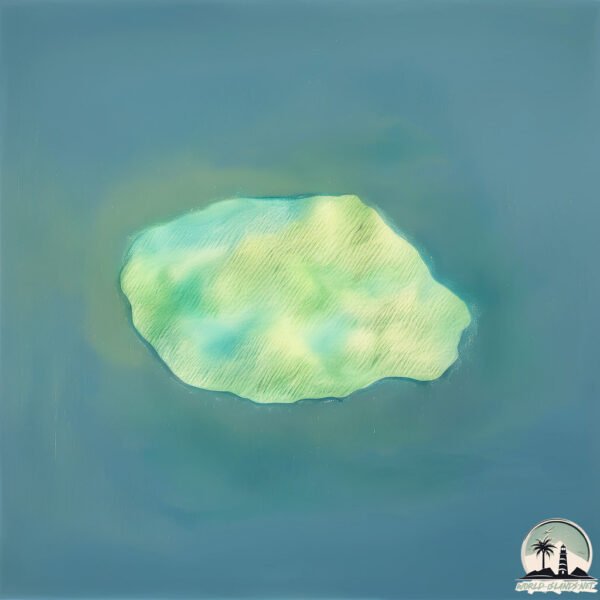Tortuga

Welcome to Tortuga, a Dry island in the Gulf of California, part of the majestic Pacific Ocean. This guide offers a comprehensive overview of what makes Tortuga unique – from its geography and climate to its population, infrastructure, and beyond. Dive into the details:
- Geography and Size: Explore the island’s size and location.
- Climate and Weather: Weather patterns and temperature.
- Topography and Nature: Uncover the natural wonders of the island.
- Infrastructure and Travelling: Insights on reaching, staying, and making the most of your visit.
- News and Headlines: Latest News.
Geography and size of Tortuga
Size: 11.3 km²
Coastline: 13 km
Ocean: Pacific Ocean
Sea: Gulf of California
Continent: North America
Tortuga is a Medium Island spanning 11 km² with a coastline of 13 km.
Archipel: –
Tectonic Plate: Pacific – The world’s largest tectonic plate, covering much of the Pacific Ocean, known for the Pacific Ring of Fire with extensive seismic and volcanic activity.
The geographic heart of the island is pinpointed at these coordinates:
Latitude: 27.4417126 / Longitude: -111.87986195
Climate and weather of Tortuga
Climate Zone: Dry
Climate Details: Hot Deserts Climate
Temperature: Hot
Climate Characteristics: Dominated by extremely hot temperatures, this climate is marked by minimal rainfall and barren landscapes. Nights often experience drastic temperature drops.
Topography and nature of Tortuga
Timezone: UTC-07:00
Timezone places: America/Denver
Max. Elevation: 165 m
Mean Elevation: 80 m
Vegetation: Shrubland
Tree Coverage: 40%
The mean elevation is 80 m. The highest elevation on the island reaches approximately 165 meters above sea level. The island is characterized by Plains: Flat, low-lying lands characterized by a maximum elevation of up to 200 meters. On islands, plains are typically coastal lowlands or central flat areas.
Dominating Vegetation: Shrubland
Dominated by shrubs and small bushes, these areas are typical in dry, rocky, or sandy environments, as well as in regions with poor soil fertility. Tortuga has a tree cover of 40 %.
Vegetation: 8 vegetation zones – Very Highly Diverse Island
Islands in this range are ecological powerhouses, showcasing a wide array of vegetation zones. Each zone, from lush rainforests to arid scrublands, coastal mangroves to mountainous regions, contributes to a complex and interdependent ecosystem. These islands are often hotspots of biodiversity, supporting numerous species and intricate ecological processes.
Infrastructure and Travelling to Tortuga
Does the island have a public airport? no.
There is no public and scheduled airport on Tortuga. The nearest airport is Palo Verde Airport, located 44 km away.
Does the island have a major port? no.
There are no major ports on Tortuga. The closest major port is ISLA SAN MARCOS, approximately 36 km away.
The mean population of Tortuga is per km². Tortuga is . The island belongs to Mexico.
Continuing your journey, San Marcos is the next notable island, situated merely km away.
Isla Tortuga (Tortuga Island) Costa Rica! Is It A Rip Off Tourist Trap? 🇨🇷



Mexico is classified as Emerging region: MIKT: Mexico, Indonesia, South Korea, and Turkey – Economies recognized for their development potential and emerging market status. The level of income is Upper middle income.
News – Latest Updates and Headlines from Tortuga
Stay informed with the most recent news and important headlines from Tortuga. Here’s a roundup of the latest developments.
Please note: The data used here has been primarily extracted from satellite readings. Deviations from exact values may occur, particularly regarding the height of elevations and population density. Land area and coastline measurements refer to average values at mean high tide.
